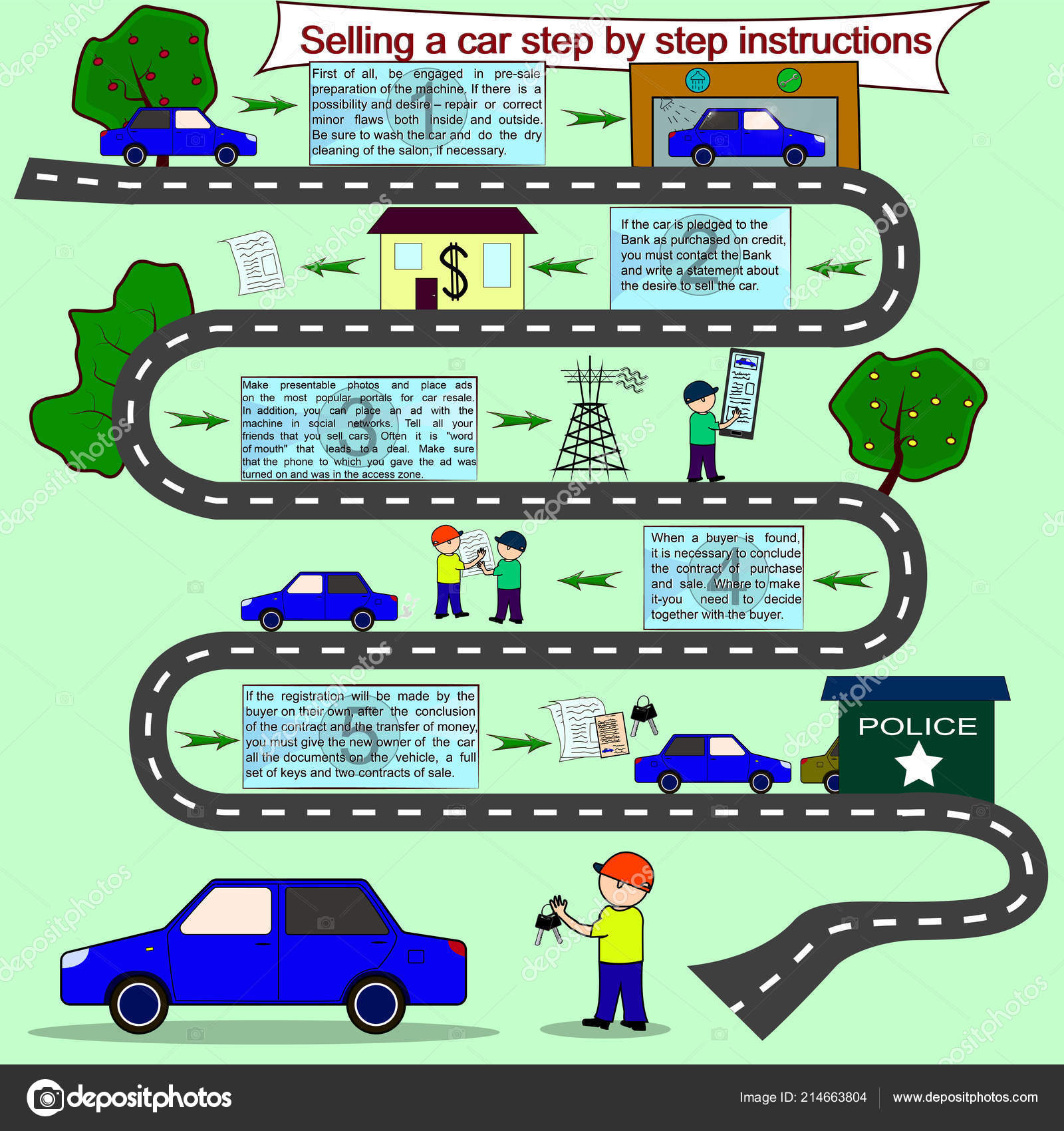Comprehending The Definition Behind Your Vehicle'S Caution Lighting: A Comprehensive Look
Comprehending The Definition Behind Your Vehicle'S Caution Lighting: A Comprehensive Look
Blog Article
Composed By-Vinson Corbett
When you're behind the wheel, those glowing caution lights on your control panel can be a bit puzzling. Do you understand what they're attempting to tell you regarding your automobile's wellness? Comprehending the significance of these lights is crucial for your safety and the durability of your lorry. So, the next time among those lights pops up, wouldn't you want to decode its message accurately and take the needed actions to resolve it?
Common Caution Lighting and Interpretations
Determine common warning lights in your vehicle and comprehend their significances to ensure safe driving.
One of the most regular caution lights consist of the check engine light, which indicates issues with the engine or emissions system. If this light begins, it's vital to have your car checked immediately.
The oil stress advising light indicates low oil stress, calling for instant focus to prevent engine damages.
A flashing battery light may suggest a defective charging system, possibly leaving you stranded otherwise addressed.
The tire pressure tracking system (TPMS) light alerts you to reduced tire stress, influencing car security and fuel effectiveness. Neglecting https://oilchangeprices28495.spintheblog.com/31577890/disclosing-the-essentials-of-a-first-class-automobile-repair-shop-experience might result in dangerous driving conditions.
The abdominal muscle light shows an issue with the anti-lock braking system, endangering your ability to stop promptly in emergency situations.
Finally, ceramic coating warning light warns of engine getting too hot, which can lead to serious damages otherwise settled swiftly.
Understanding these usual warning lights will certainly assist you deal with problems quickly and preserve secure driving conditions.
Value of Prompt Interest
Comprehending the typical warning lights in your auto is just the primary step; the value of without delay resolving these warnings can't be highlighted sufficient to guarantee your safety and security when traveling.
When a warning light brightens on your dashboard, it's your cars and truck's method of interacting a potential issue that requires focus. Overlooking final touch can bring about more serious issues later on, jeopardizing your safety and potentially costing you more out of commission.
Trigger attention to alerting lights can avoid breakdowns and crashes. As an example, a flashing check engine light could indicate a misfire that, if left neglected, could cause damages to the catalytic converter. Resolving this quickly can save you from a pricey repair.
In a similar way, a brake system alerting light might signal reduced brake liquid or worn brake pads, important components for your security when driving.
Do It Yourself Troubleshooting Tips
If you notice a caution light on your control panel, there are a few do it yourself repairing suggestions you can attempt before seeking professional aid.
The primary step is to consult your car's guidebook to recognize what the details warning light shows. Occasionally the problem can be as simple as a loosened gas cap causing the check engine light. Tightening up the gas cap might settle the problem.
Another common problem is a reduced battery, which can set off various cautioning lights. Inspecting the battery connections for deterioration and ensuring they're safe and secure could deal with the trouble.
If a warning light lingers, you can attempt resetting it by detaching the vehicle's battery for a couple of minutes and then reconnecting it. Additionally, examining your car's fluid levels, such as oil, coolant, and brake fluid, can aid fix cautioning lights connected to these systems.
Verdict
To conclude, understanding your vehicle's warning lights is essential for maintaining your car running efficiently and safely. By promptly dealing with these alerts and recognizing what they suggest, you can prevent costly fixings and potential malfunctions.
Remember to consult your auto's handbook for particular details on each cautioning light and do something about it appropriately to ensure a trouble-free driving experience.
Keep informed, stay safe when traveling!
